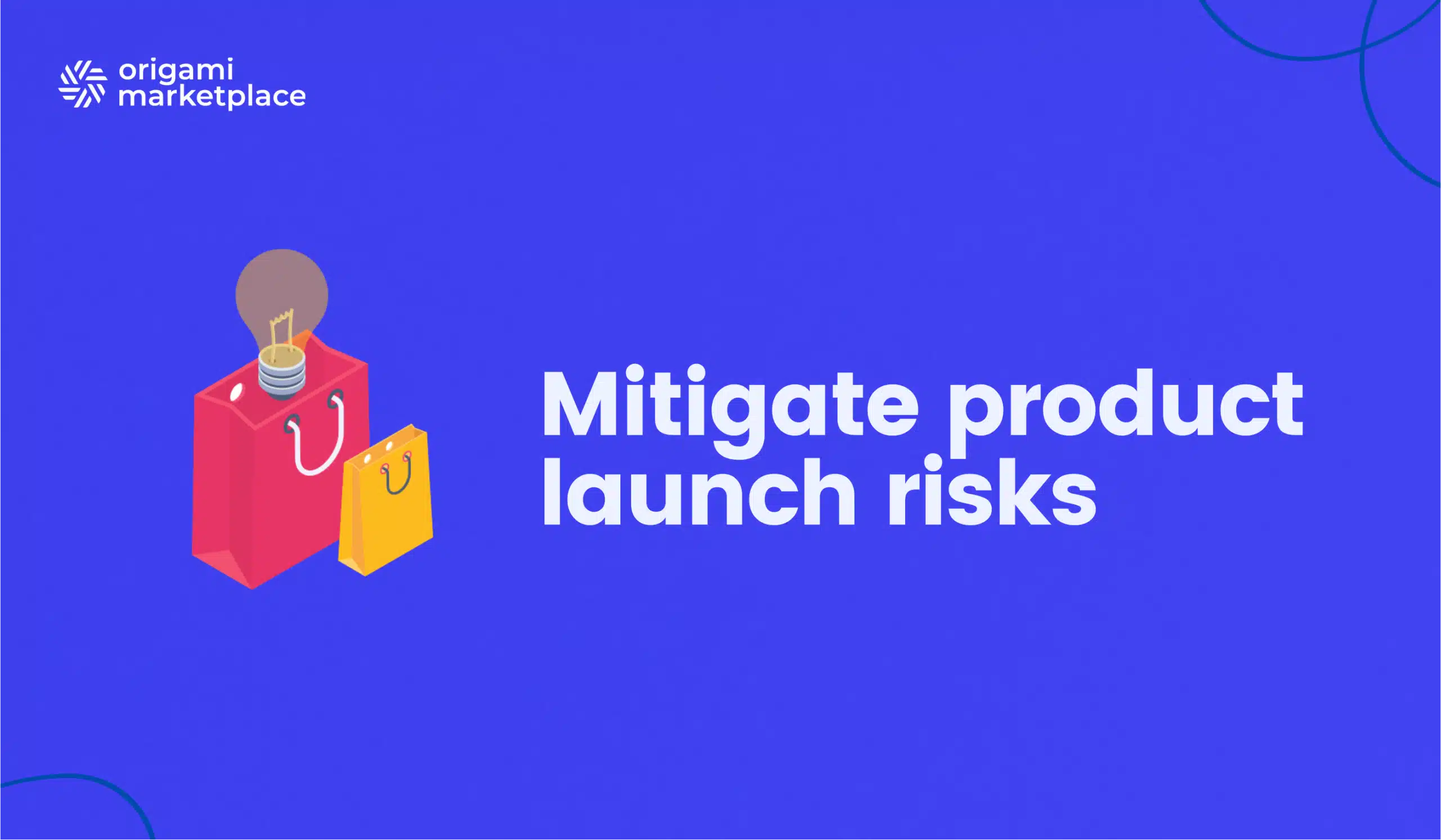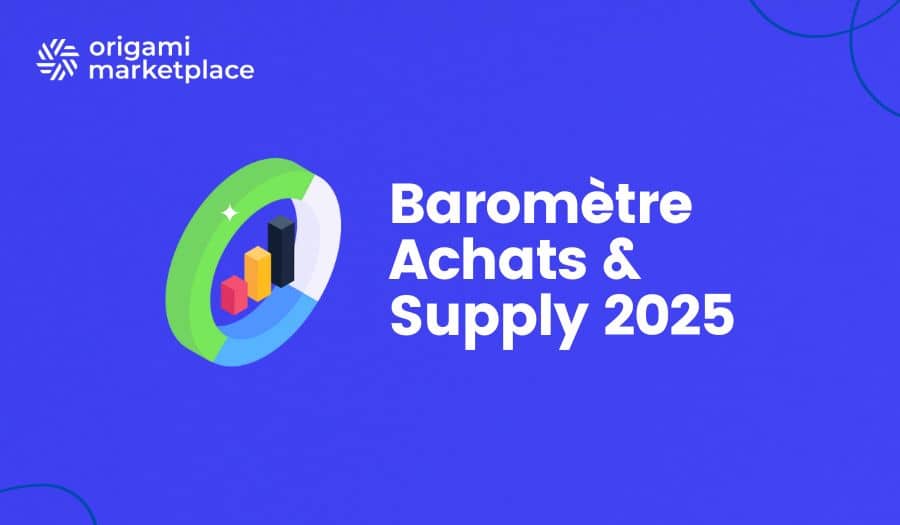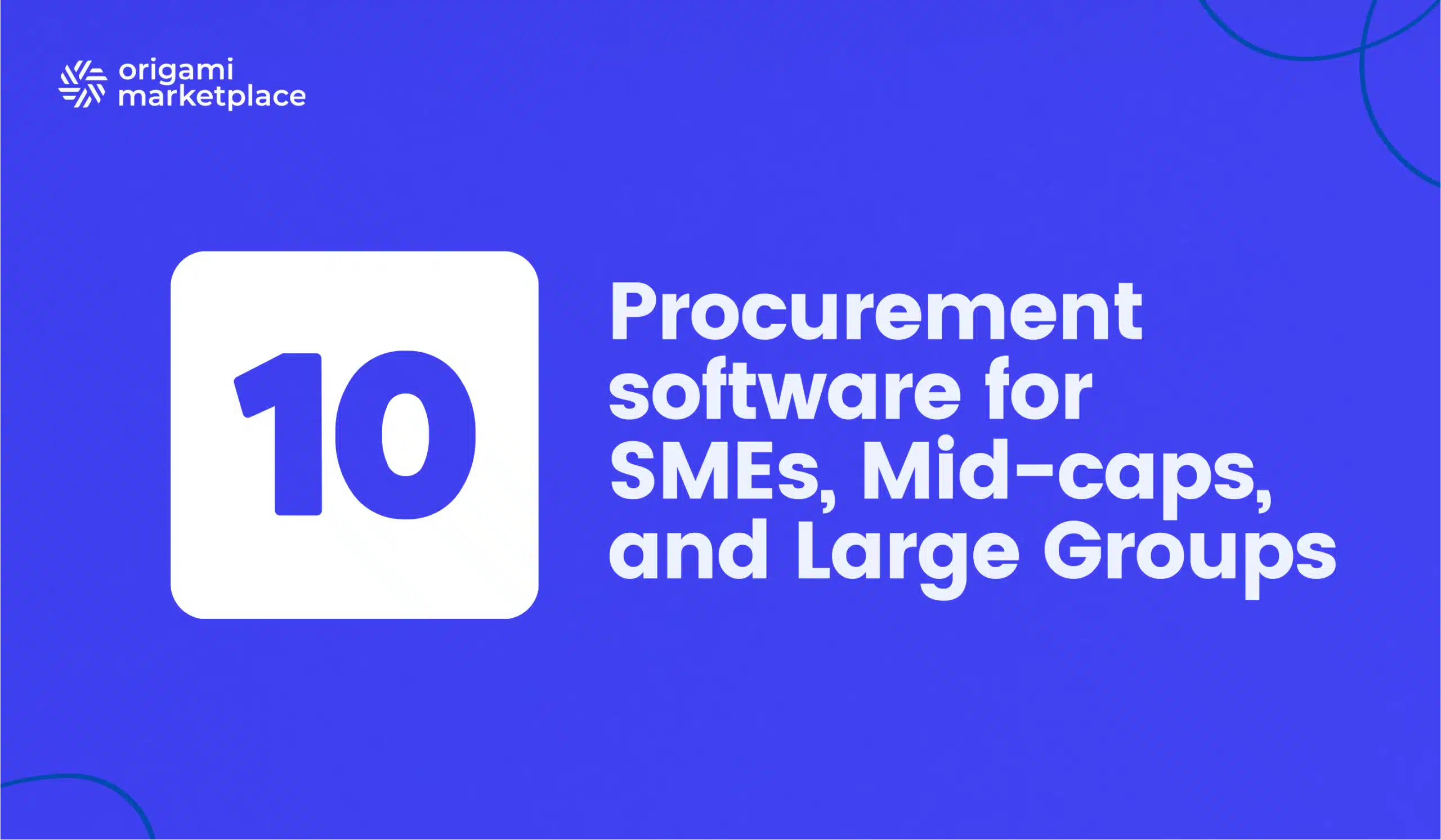How to mitigate product launch risks with a marketplace solution
- Arnaud
- 8 minutes reading

Mitigate product launch risks is a major challenge for any e-commerce merchant. Launching a new product often feels like jumping into the void: it’s unknown whether the public will embrace it, whether the price will be appropriate for the market, or if inventory will be managed effectively (too much stock = unnecessary costs, too little = stockouts and dissatisfied customers).
In reality, most companies face fierce competition and high production costs, which can paralyze decision-making. Yet, there is an increasingly popular solution: the marketplace. Unlike a traditional e-commerce site, it allows you to test new products by relying on a network of third-party sellers and proven processes. No longer do you need to manage everything alone (inventory, logistics, marketing), since the infrastructure and visibility are already in place.
In this article, we will explore why product launches are so risky, how the marketplace serves as an essential lever to mitigate product launch risks, and how a platform like Origami Marketplace can help you successfully launch your products without blowing your budget or tarnishing your credibility.
👋 No time to read the entire article? Find the summary of the article here.
1. Why is product launch so risky?
A new product generates a lot of hopes (new markets, new targets or personas, unexplored needs…), but also raises many unknowns:
- Demand uncertainty: Poorly assessing the market’s appetite can lead to unsold stock or, conversely, to stockouts that harm customer satisfaction.
- High initial costs: Research and development, production, and storage require significant investments before the first sale.
- Operational complexity: Managing logistics, volumes, customer service, or team training can quickly pressure the company’s structure.
- Competition and timing: market leaders react quickly, and a new product can be overtaken by a more aggressive or better-positioned competitor’s offering.
- Public reception: Even a product deemed “perfect” internally can face rejection (bad timing, bad pricing, mismatch with real needs, etc.).
According to various studies, such as a Nielsen study indicating that nearly 76% of new products fail in their first year, the risk of failure is therefore very real. Moreover, only about 40% become truly profitable in the long term.
2. The stakes of failure: Key figures and consequences
A launch failure is not just an ego blow for the team responsible for its launch. It can have serious repercussions on the company and its sustainability:
- Direct financial loss: Investments made (R&D, marketing, logistics) are not always recoverable.
- Opportunity loss: A bad launch can delay other projects, slow down innovation, and unnecessarily mobilize resources.
- Affected credibility: In the eyes of customers and partners, a failure can tarnish the image of reliability and seriousness of a company.
- Internal tension: Teams can lose motivation, and the culture of experimentation is hindered.
To avoid these consequences, it becomes crucial to mitigate product launch risks. And this is where the marketplace model makes perfect sense.
Ready to turn your B2B, B2C, or C2C marketplace vision into reality?
To help you develop the best platform possible, we’ve gathered all the must-have features, key technical considerations, and best practices in a comprehensive document:
Download the Specifications template 🗒
Perfect for smaller or medium-scale projects without a formal purchasing process. It will help you outline your requirements effectively and streamline your selection process.
Download the Request for Proposal template 📒
Ideal for larger, more complex marketplace projects with a formal purchasing department or advanced procurement policies.
3. The marketplace: An effective model for gentle testing
Rather than managing everything alone and assuming all the risk, the marketplace offers a more agile and collective approach:
- Direct access to an existing customer base: Marketplaces already attract qualified traffic. Your new product thus benefits from immediate visibility and you reduce your acquisition costs.
- Shared infrastructure: Payments, order tracking, shared or outsourced logistics: you take advantage of already streamlined tools without having to make massive investments in new warehouses or an overly large customer service team.
- Less costly testing: Whether integrating your product into a large marketplace or launching your own marketplace, you can start with a reduced inventory or dropshipping to avoid mobilizing too much capital.
- Fast and accurate customer feedback: Marketplaces often have review and rating systems. This way, you receive concrete feedback in real time, helping you quickly adjust your prices, product descriptions, or visuals.
- Adaptability: If the product experiences strong success, you can increase volumes and negotiate better production rates. Conversely, if demand is low, you can limit losses more easily.
4. Leveraging the marketplace's potential with Origami Marketplace
All marketplace solutions are not created equal, and needs vary by sector. Among the players offering advanced features for a stress-free product launch, we find Origami Marketplace:
- A complete SaaS platform: No need to develop everything in-house. Origami Marketplace already provides the necessary modules (third-party seller management, product catalog, payment and commission processes, etc.).
- Rapid seller integration: Simplified onboarding, automated contracts and billing, dispute and return management tools… everything is designed to save time.
- Scalable without stress: Whether you’re offering just a few references or thousands of products, the platform is built to absorb growth.
- Advantageous financial structure: You define your compensation model (commissions, margins, fixed fees) according to your strategy.
In short, you can test and deploy new offers by leveraging an existing customer base, receiving quick feedback on the relevance of your product, and maintaining controlled costs.
5. Towards more serene launches thanks to the marketplace
- To validate an idea before large-scale deployment.
- To adjust the marketing approach thanks to precise customer feedback.
- To test price sensitivity and logistics in a measured way.
- To drastically mitigate product launch risks both financially and operationally.
If you are looking to mitigate product launch risks associated with your launches, opting for a marketplace solution like Origami Marketplace can make all the difference. You will benefit from proven technology, an existing network of sellers, and the flexibility needed to quickly adapt to the market.
Finally, whether you are an established e-commerce merchant or a growing start-up, keeping in mind the pooling of strengths will allow you to approach each new idea with greater serenity. The marketplace may be the safety net missing from your launch strategy.
All you need to know to mitigate product launch risks:
- What are the main factors of failure during a product launch? The factors of failure often include poor demand assessment, inappropriate price positioning, deficient logistics execution, and poorly managed timing in the face of competition.
- How to test a product at a lower cost before its official launch? You can start with a reduced inventory, use drop shipping, or integrate your product into an existing marketplace to limit initial expenses and quickly gather feedback.
- What are the advantages of a marketplace for a product launch? The cost pooling, access to qualified traffic, the ability to test multiple offers without breaking the bank on logistics, and the reactivity in case of success or failure are among the major advantages.
- Should you create your own marketplace or join an existing marketplace? It all depends on your objectives. Joining an existing marketplace allows you to benefit from existing traffic and focus on your product. Creating your own marketplace gives you more control but requires more comprehensive management (seller selection, platform maintenance, etc.).
- Which metrics to monitor to evaluate the success of a launch on a marketplace? Monitor the conversion rate, the number of reviews and average rating, the inventory turnover rate, the customer acquisition cost, and the profitability per product. These indicators will help you continuously adjust your strategy.
Discover how Origami Marketplace’s API and partner network can transform your business, regardless of its size, with its innovative marketplace-based solution.


